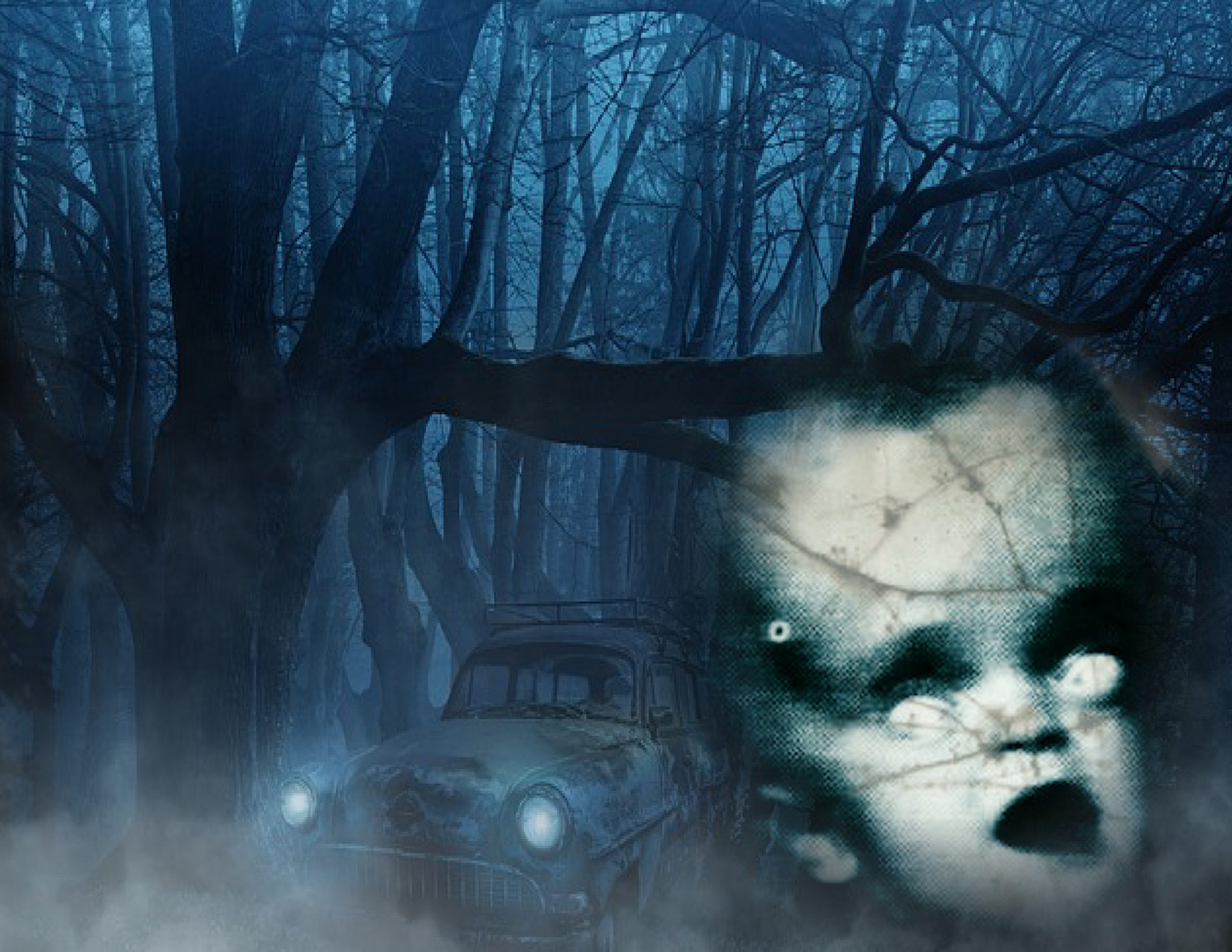
Derivative Images
In the American folklore of Michigan, Ohio, and Connecticut, Melon Heads are beings generally described as small humanoids with bulbous heads who occasionally emerge from hiding places to attack people. They survive by eating small animals, stray cats and human flesh, usually the flesh of teenagers. Different variations of the legend attribute different origins to the entities.The melon heads live on the outskirts of town on heavily wooded country roads, known as melon head roads. And for runaway teens or hikers who disappear, the melon heads serve as convenient explanations.
The melon heads of Michigan are said to reside around Felt Mansion, although they have also been reportedly seen in southern forested areas of Ottawa County. According to one story, they were originally children with hydrocephalus who lived at the Junction Insane Asylum near Felt Mansion The story explains that, after enduring physical and emotional abuse, they became feral and were released into the forests surrounding the asylum.
The melon head stories of Ohio are primarily associated with the Cleveland suburb of Kirtland. According to local lore, the melon heads were originally orphans under the watch of a mysterious figure known as Dr. Crow (sometimes spelled Crowe, Krohe or Kroh or known as Dr. Melonhead). Crow is said to have performed unusual experiments on the children, who developed large, hairless heads and malformed bodies. Some accounts claim that the children were already suffering from hydrocephalus and that Crow injected even more fluid into their brains. Eventually, the legend continues, the children killed Crow, burned the orphanage, and retreated to the surrounding forests and supposedly feed on babies. Legend holds that the melon heads may be sighted along Wisner Road in Kirtland, and Chardon Township.
Several variations of the Melon Head legend can be found throughout Southwest Connecticut, especially in central & eastern Fairfield County and western New Haven County, Connecticut. In eastern Fairfield County, many tales can be found in communities such as Trumbull, Shelton, Stratford, Monroe, Easton and Weston. In western and central New Haven County tales can be found in towns like Seymour, Oxford, Milford, and Southbury.
There are several primary Connecticut variations. According to one variation of the myth, Fairfield County was the location of an asylum for the criminally insane that burned down in the fall of 1960, resulting in the death of all of the staff and most of the patients with 10-20 inmates unaccounted for, supposedly having survived and escaped to the woods. The legend states that the melon heads' appearance is the result of them having resorted to cannibalism in order to survive the harsh winters of the region and to inbreeding, which in turn caused them to develop hydrocephalus. Some retellings of this version substitute the asylum or prison with places of business or camp grounds and the inmates/patients with employees, staff or camp-goers. Individual variations will modify what town these individuals were originally from and where they end up.
According to the second variation, the melon heads are descendants of a Colonial-era family from Shelton-Trumbull who were banished after accusations of witchcraft were made against them causing them to retreat to the woods. As with the first version of this legend, this variation attributes the appearance of the melon heads to inbreeding. Melon Heads allegedly prey upon humans who wander into their territory.Like the first version, individual retellings will modify what town the family was originally from and where they end up.
Stories about deformed country people who keep to themselves go back at least a century to Europe.
For example, a large family of melon heads supposedly once lived in Bavaria, Germany, in the mid 19th century. An inbred family of melon heads — known as weeble heads – were said to live outside Risbury, England, around 1900.
According to another theory, the term ‘melon head’ may stem from Melungeon, which describes mixed-race people in Appalachia. They had an ancestry of European outcasts, freed slaves and Native Americans, and they kept to themselves.
Melon head stories surfaced in Connecticut after World War II, a time when people moved away from cities into the suburbs. They probably reflect the New York exurbanite’s prejudice and fear of isolated rural folk.
A Connecticut Tale …
According to legend, back in the 1980s a group of girls from Notre Dame High School in Fairfield decided to drive around after a Friday night football game. They piled into a blue Granada and ended up on Velvet Street in Trumbull, where they looked for the melon heads. The girls parked the car, leaving the headlights on and ventured into the woods. After they'd walked a couple hundred feet, they heard the car door slam. Then the engine started and the car headed toward them. They could see the melon heads inside: the size of children, they had large heads, rags for clothes and an orange glow in their eyes. Some say the melon heads still drive around in that blue Granada.
https://en.wikipedia.org/wiki/Melon_heads
http://www.newenglandhistoricalsociety.com/the-melon-heads-of-connecticut/